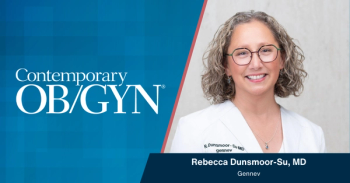
Nearly 1 in 4 women depressed at 1 year postpartum
Postpartum depression is a problem for almost 1 out of every 7 women and nearly one-quarter of mothers are depressed at some point in the first year after delivery, according to a study in JAMA Psychiatry.
Postpartum depression is a problem for almost 1 out of every 7 women and nearly one-quarter of mothers are depressed at some point in the first year after delivery, according to a study in
Using the
Of the women who underwent EPDS screening, 1,396 (14%) had positive findings, of whom 826 (59.2%) completed home visits and 147 (10.5%) completed a telephone diagnostic interview. Positive screening was more likely in new mothers who were younger, African American, publicly insured, single, and less well educated. In 40% of the women with depression, the episodes started after delivery, compared with during pregnancy for 33.4% and before conception in 26.5% of women.
Self-harm ideation was documented in 19.3% of women who had suffered from depression. Unipolar depressive disorders and comorbid anxiety disorders were the most common primary diagnoses and 22.6% had bipolar disorders. Strategies to differentiate women with biopolar disorder from unipolar disorders, the authors said, are needed.
Newsletter
Get the latest clinical updates, case studies, and expert commentary in obstetric and gynecologic care. Sign up now to stay informed.











